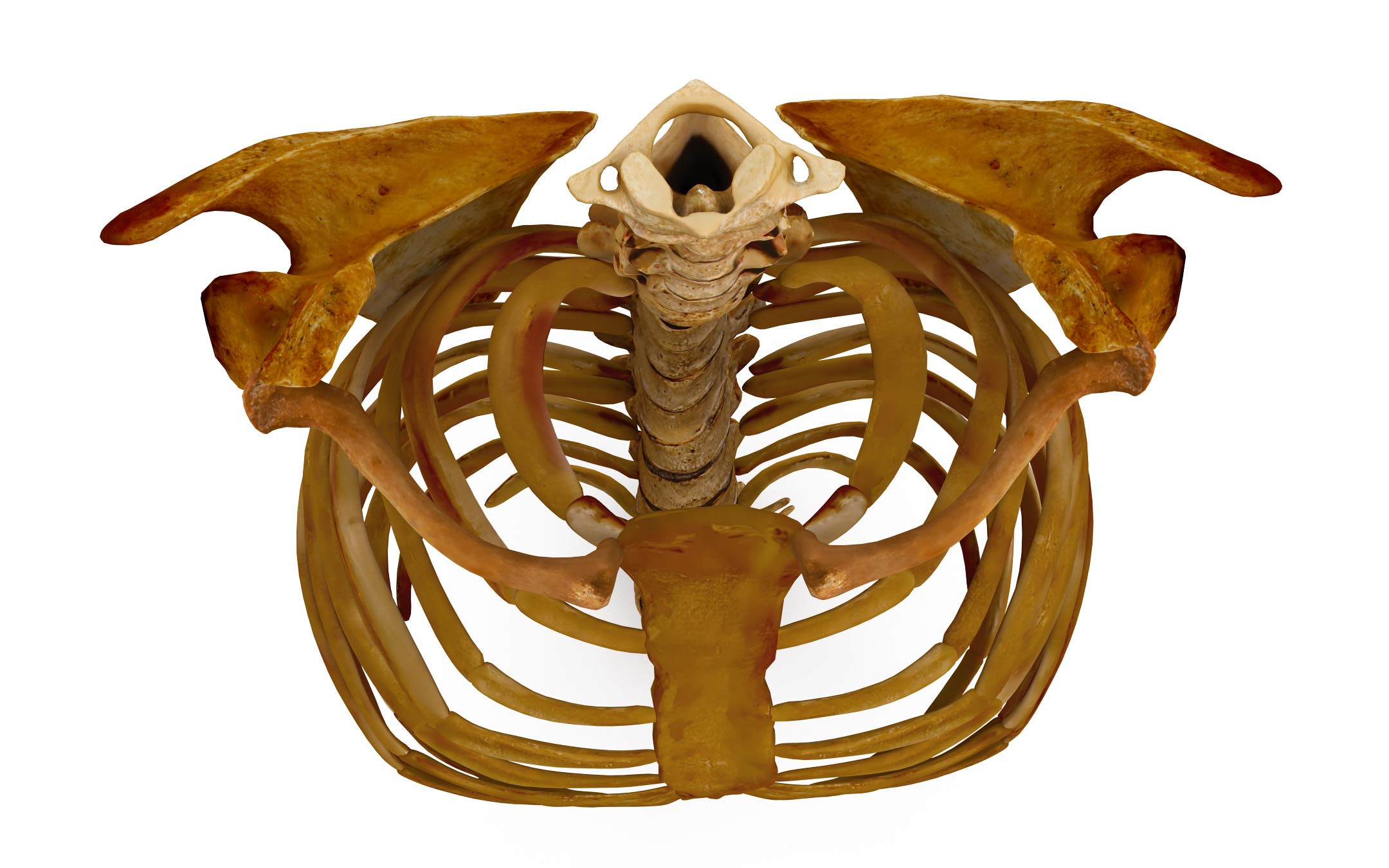

Dimension Inx LLC did not influence the conduct, description or interpretation of the findings in this report.

Dimension Inx owns the trademark for Hyperelastic Bone ®. are inventors on relevant patents that are licensed to Dimension Inx LLC. serves part time as Chief Science Officer of Dimension Inx LLC. is currently full-time Chief Technology Officer of Dimension Inx, LLC, and R.N.S. are cofounders of and shareholders in Dimension Inx, LLC, which develops and manufactures new advanced manufacturing compatible materials and devices for medical and nonmedical applications, including some of the materials developed and utilized in this work. have no commercial associations that might create a conflict of interest in connection with this work. Our study suggests that this material shows promise as a recombinant growth factor-free bone graft substitute that could safely promote high rates of successful fusion and improve patient care.ģD printing demineralized bone matrix hydroxyapatite osteointegration spine fusion. With this work, we show that a three-dimensional printed scaffold containing osteoconductive hydroxyapatite and osteoinductive demineralized bone matrix that promotes new bone spicule formation, osteointegration, and successful fusion (stabilization) when implemented in a preclinical model of spine fusion. Impact Statement Currently, there exists a no safe, yet highly effective, bone graft substitute that is well accepted for use in spine fusion procedures. Collectively, our work suggests that this recombinant growth factor-free composite shows promise to overcome the limitations of currently used bone graft substitutes for spine fusion. These spicules were not observed in DBM-only scaffolds, suggesting that de novo spicule formation requires both HA and DBM. Strikingly, the combination of HA and DBM resulted in the growth of bone-like spicules within the DBM particles inside scaffold struts. New bone was identified extending from the host transverse processes into the scaffold macropores, and osteointegration scores correlated with successful fusion. The 3:1 HA:DBM composite achieved the highest mean fusion score and fusion rate (92%), which was significantly greater than the 3D printed DBM-only scaffold (42%).
#Spine bones manual
Spine fusion was evaluated by manual palpation, and osteointegration and de novo bone formation within scaffold struts were evaluated by laboratory and synchrotron microcomputed tomography and histology. In this study, "3D-Paints" containing varying volumetric ratios of hydroxyapatite (HA) and human demineralized bone matrix (DBM) in a poly(lactide-co-glycolide) elastomer were three-dimensional (3D) printed into scaffolds to promote osteointegration in rats, with an end goal of spine fusion without the need for recombinant growth factor. Gas stoves emit them, too.Although numerous spinal biologics are commercially available, a cost-effective and safe bone graft substitute material for spine fusion has yet to be proven. For the first time, we have evidence that nitrogen oxides, in particular, are a major contributor to bone damage and that the lumbar spine is one of the most susceptible sites of this damage,” the study’s first author, Diddier Prada, an associate research scientist in the Department of Environmental Health Sciences at Columbia Mailman School of Public Health, said in a statement.Ĭar and truck exhaust is a major source of nitrogen oxides, as are the emissions from electrical power generation plants. “Our findings confirm that poor air quality may be a risk factor for bone loss, independent of socioeconomic or demographic factors.


The bone loss is believed to be the result of bone cell death from oxidative damage as well as other mechanisms. Nitrogen oxides’ reduction of bone density on the bones evaluated was nearly double the annual effects of age. Nitrogen oxides were found to have huge effects on the bone density of the lumbar spine, a part of the spine that is frequently the site of back problems. Participants’ whole-body, total hip, femoral, neck and lumbar spine bone mineral density or BMD were measured at the time of their enrollment and at follow-ups at year one, year three and year six using dual-energy X-ray absorptiometry - better known as a DEXA scan. Nitrogen oxides in the air appear to be especially damaging to the bones of the spine, producing roughly twice the bone thinning seen from aging alone.


 0 kommentar(er)
0 kommentar(er)
